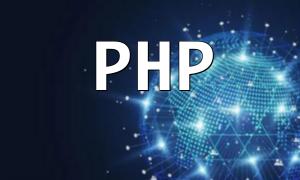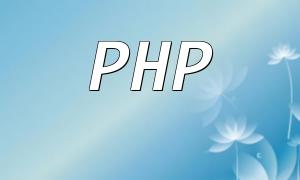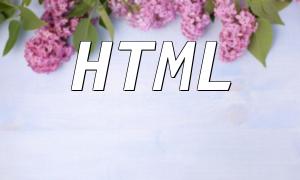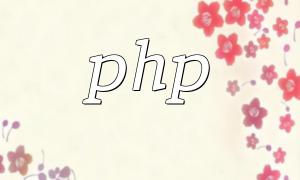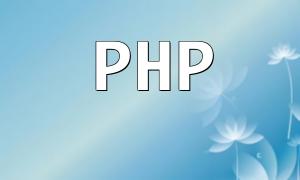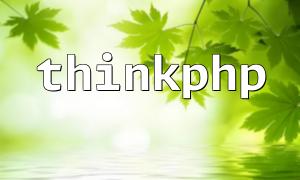In modern web development, the interaction between PHP and JSON has become a widely used technique. It effectively processes and transfers data, especially when integrated with frontend frameworks. This article will provide an in-depth explanation of how PHP and JSON interact, with example code to help developers better understand the data exchange process.
JSON (JavaScript Object Notation) is a lightweight data interchange format that is easy for humans to read and write, and also easy for machines to parse and generate. Due to its simple syntax, JSON has become a common data format used in modern web applications.
In PHP, working with JSON mainly involves two operations: encoding and decoding. PHP provides built-in functions for these tasks.
PHP can convert arrays or objects into JSON format using the json_encode() function. Here is a simple encoding example:
This example shows how to convert a PHP array into a JSON string.
When you need to convert a JSON string into a PHP array or object, you can use the json_decode() function. Here's an example of decoding:
The code above demonstrates how to convert a JSON string into a PHP array.
In single-page applications, the frontend often uses AJAX requests to fetch data. In this case, PHP acts as the backend service that processes requests and returns data in JSON format. Here is a basic example:
This example illustrates how to return JSON formatted data in PHP.
Many modern web applications need to interact with databases and return data in JSON format. Combining PHP with databases allows developers to easily create RESTful APIs that respond with JSON, providing data for other applications.
During data interaction between PHP and JSON, developers can leverage PHP's powerful processing capabilities and JSON's concise format to achieve efficient data transfer. Whether for frontend AJAX requests or backend API design, mastering JSON encoding and decoding is essential. Understanding these techniques will make your development process smoother and more effective.
